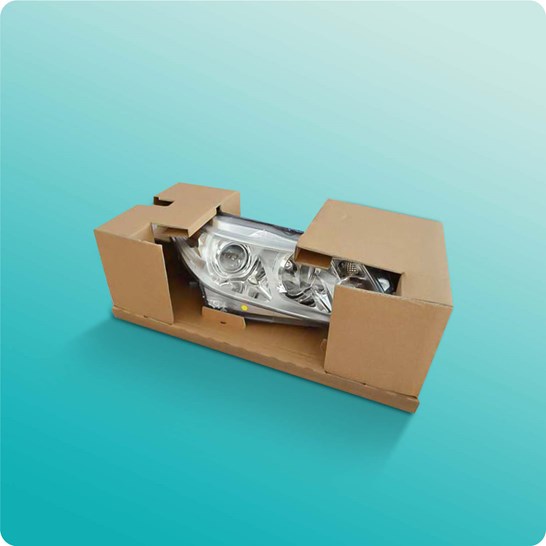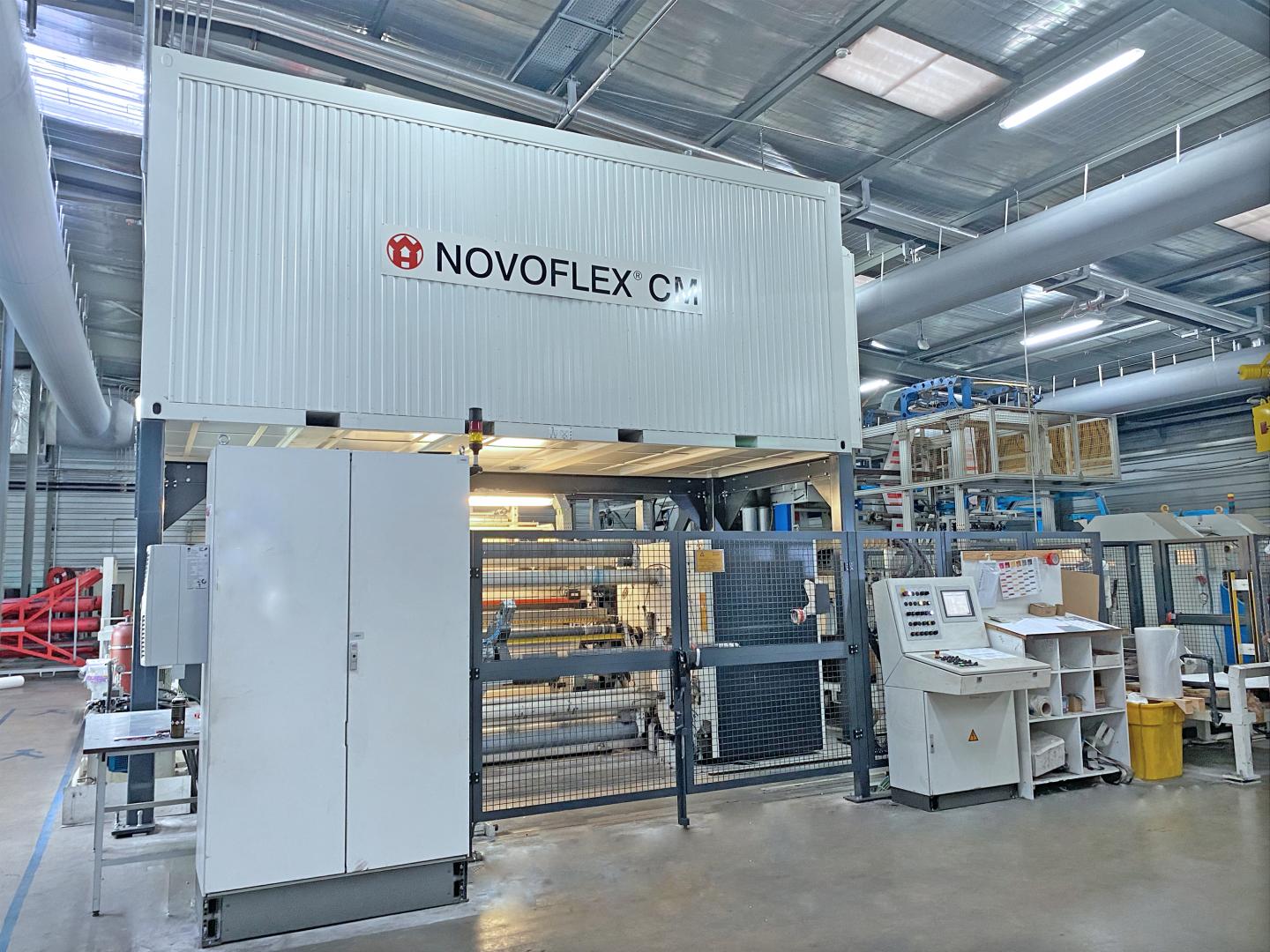Optimal Defense: Industrial Packaging Solutions Tailored for Success
Optimal Defense: Industrial Packaging Solutions Tailored for Success
Blog Article
Effective Industrial Recycling Solutions for Lasting Packaging: A Comprehensive Guide
In today's significantly environmentally-conscious world, the demand for sustainable product packaging options has never ever been greater. To satisfy this need, organizations throughout industries are proactively looking for effective industrial recycling services. However, navigating the facility landscape of sustainable product packaging can be challenging without a comprehensive guide. That's where this thorough guide on effective commercial recycling options for lasting product packaging is available in. By checking out key areas such as packaging material option, making for recyclability, applying recycling framework, working together with reusing companions, and tracking and determining reusing success, this guide will certainly outfit you with the understanding and devices necessary to make enlightened decisions and drive positive change within your company. Whether you're a packaging professional, sustainability manager, or merely interested in the subject, this guide will supply valuable understandings and methods to assist you browse the globe of lasting product packaging.
Product Packaging Material Choice
The selection of packaging materials plays an essential function in guaranteeing the sustainability of industrial reusing services. The choice of products is vital in decreasing environmental impact and maximizing recycling performance when it comes to sustainable packaging. Selecting the best products can assist minimize waste generation, save resources, and promote a circular economic situation.
One crucial element to take into consideration in product packaging product selection is recyclability - plastic container manufacturer. Products that can be conveniently recycled and included back right into the production cycle are liked. Products like cardboard, paper, glass, and certain kinds of plastics can be recycled several times without losing their high quality. On the various other hand, products that are tough to recycle, such as combined plastics or non-recyclable composites, can develop challenges for the reusing process and might finish up in garbage dumps or incinerators.
One more consideration is the usage of renewable and biodegradable materials. Product packaging made from eco-friendly resources, such as plant-based plastics or biopolymers, can help decrease reliance on fossil gas and mitigate climate modification. Additionally, biodegradable materials damage down normally over time, minimizing the build-up of waste in landfills.
Moreover, the weight and quantity of product packaging products must be reduced to reduce transportation costs and energy intake. Lightweight products not only need fewer resources throughout production but also add to reduce carbon exhausts throughout transportation.
Designing for Recyclability
Product packaging designers ought to prioritize the usage of products that are widely approved for recycling and have actually established recycling frameworks. Materials such as glass, aluminum, and specific kinds of plastic, like Family pet and HDPE, are generally reused and need to be favored over materials that are challenging or pricey to reuse.
Another important factor to consider in making for recyclability is the elimination of unnecessary components or materials. By lessening the number of layers, finishings, and additional parts, product packaging can be made less complex and less complicated to reuse. Additionally, designers need to intend to minimize using combined products, as they can complicate the reusing process.

Implementing Recycling Infrastructure
Effective application of reusing facilities is essential for the success of commercial reusing remedies. Without correct framework in position, the recycling process becomes ineffective and inefficient, hindering the total goal of sustainable packaging.
To carry out reusing infrastructure properly, a number of vital aspects require to be considered. There must be an efficient collection system that facilitates the splitting up and collection of recyclable materials. This can include marked reusing bins in public rooms, in addition to collaborations with waste administration companies for curbside pick-up and sorting.
When accumulated, the recyclable products require to be delivered to recycling facilities in a timely fashion. This requires efficient logistics and transportation networks, ensuring that the materials get to the proper facilities right away.
At the reusing facilities, progressed sorting and processing technologies need to remain in location to separate various kinds of materials successfully. This consists of making use of automated arranging devices, optical scanners, and hands-on sorting strategies.
Moreover, there must be a robust market demand for recycled products. This can be accomplished via cooperations with makers and markets that utilize recycled materials in their production procedures. Creating a secure market for recycled products incentivizes the recycling market and promotes the round economic climate.
Working Together With Recycling Partners

One secret facet of working together with reusing companions is the establishment of clear interaction networks. It is vital to develop open lines of interaction to facilitate the exchange of information, updates, and feedback. This permits both parties to remain informed regarding the progression of reusing efforts and deal with any type of obstacles or issues that may develop.
Additionally, cooperation can entail joint initiatives in creating and applying recycling programs. Recycling partners can provide useful understandings and guidance in creating efficient collection systems and identifying one of the most suitable recycling innovations. By functioning together, organizations and recycling companions can enhance the recycling procedure and minimize waste.
Additionally, partnership can expand beyond the functional aspects of recycling. It can also incorporate campaigning for and education campaigns. By signing up with pressures, companies and reusing companions can raise recognition concerning the value of reusing and advertise the adoption of lasting packaging techniques amongst customers and various other stakeholders.
Tracking and Measuring Recycling Success
To guarantee the effectiveness of industrial recycling options and the accomplishment of lasting packaging goals, it is crucial for services and their reusing partners to establish a comprehensive system for tracking and measuring recycling success (bulk container recycling). Gauging and tracking reusing success allows organizations to evaluate the effect of their recycling initiatives, determine areas for renovation, and established meaningful targets for future progression
One means to track reusing success is via using data collection and evaluation tools. By gathering information on the amount of packaging waste produced, the portion of waste that is reused, and the kinds of materials being recycled, bulk container recycling companies can acquire valuable insights right into their recycling efficiency. This information can then be evaluated to determine patterns, patterns, and areas of inadequacy.
An additional crucial facet of tracking and determining recycling success is establishing clear and standard metrics. This permits businesses to contrast their performance versus sector standards and track their development in time. Metrics such as reusing prices, waste diversion rates, and greenhouse gas emissions can offer a quantitative action of a company's reusing success.

Verdict
In verdict, applying reliable industrial recycling solutions for lasting packaging requires mindful consideration of product packaging material choice, creating for recyclability, executing recycling framework, teaming up with reusing companions, and monitoring and measuring reusing success. By incorporating these methods, businesses can contribute to an extra environmentally-friendly and sustainable method to product packaging, minimizing waste and advertising the circular economic climate.
By discovering essential areas such as product packaging material selection, designing for recyclability, carrying out recycling framework, working together with reusing companions, and tracking and determining recycling success, this overview will furnish you with the expertise and devices required to make educated choices and drive positive adjustment within your company. Packaging developers need to prioritize the usage of products that are commonly approved for recycling and have developed recycling facilities.Collaboration with recycling partners is necessary for the effective implementation of industrial recycling solutions and the achievement of lasting product packaging goals. By joining pressures, organizations and reusing partners can elevate recognition regarding the importance of recycling and advertise the adoption of lasting packaging techniques among customers and other stakeholders.
By accumulating data on the quantity of product packaging waste produced, the percent of waste that is recycled, and the kinds of materials being reused, businesses can obtain valuable understandings right into their recycling performance.
Report this page